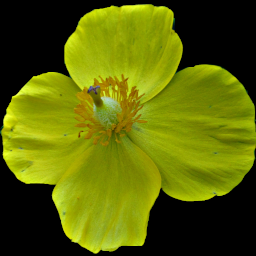
These tall, sunny-yellow flowers often grow at the edge of the woods. They are also called “Yellow Ironweed”; although they are not closely related to the true ironweeds (Vernonia altissima and Vernonia noveboracensis, for example), the plants look very similar without the flowers, and the stems are similarly strong. The flowers are distinctive: the rays are presented in a slovenly sort of way, with some flowers never growing more than two of them. The flowers with more rays often look like a sloppy drawing of a daisy, with rays of different sizes and shapes arranged asymmetrically. The disks are spiny-looking, with large florets arranged pincushion-fashion.
From Gray’s Manual:
ACTINOMERIS Nutt.
Heads many-flowered; rays neutral, few or none. Involucral bracts few, herbaceous, nearly equal, soon deflexed beneath the globular disk. Receptacle small, chaffy. Achenes flat, obovate, winged or wingless, at maturity spreading in all directions; pappus of 2-3 smooth persistent awns. Tall branching perennials, with serrate feather-veined leaves tapering to the base and mostly decurrent on the stem. Heads corymbed; flowers chiefly yellow. (Name from aktis, a ray, and meris, a part; alluding to the irregularity of the rays.)
1. A. alternifolia (L.) DC. Stem somewhat hairy, usually winged above, 1-2 m. high; leaves alternate or the lower opposite, oblong or ovate-lanceolate, pointed at both ends; rays 2-8, irregular. (A. squarrosa Nutt.; Verbbesina alternifolia Britton.) Rich soil, N. J. to Ont., Ia., Kan., and southw. Aug.-Sept.




